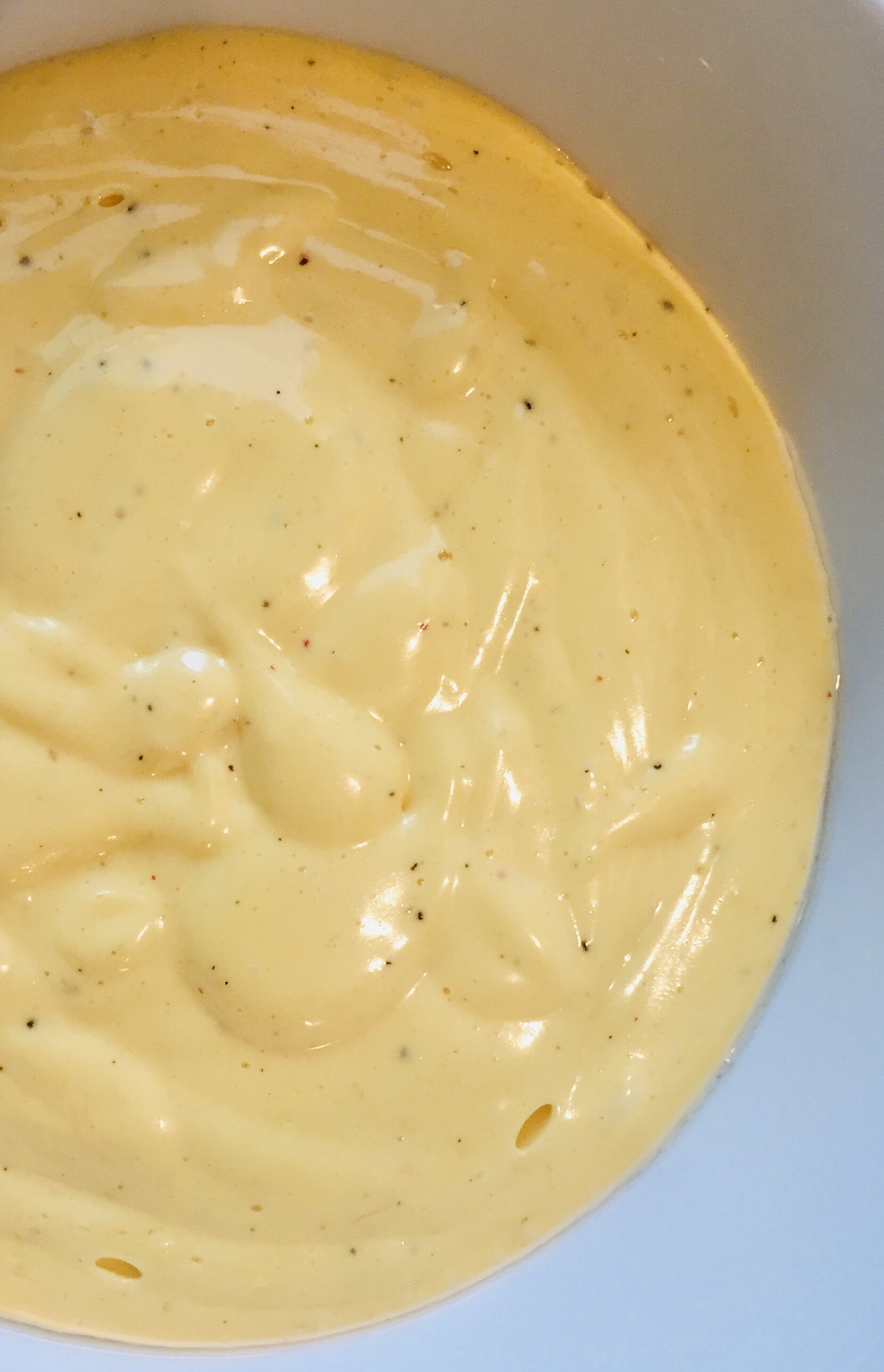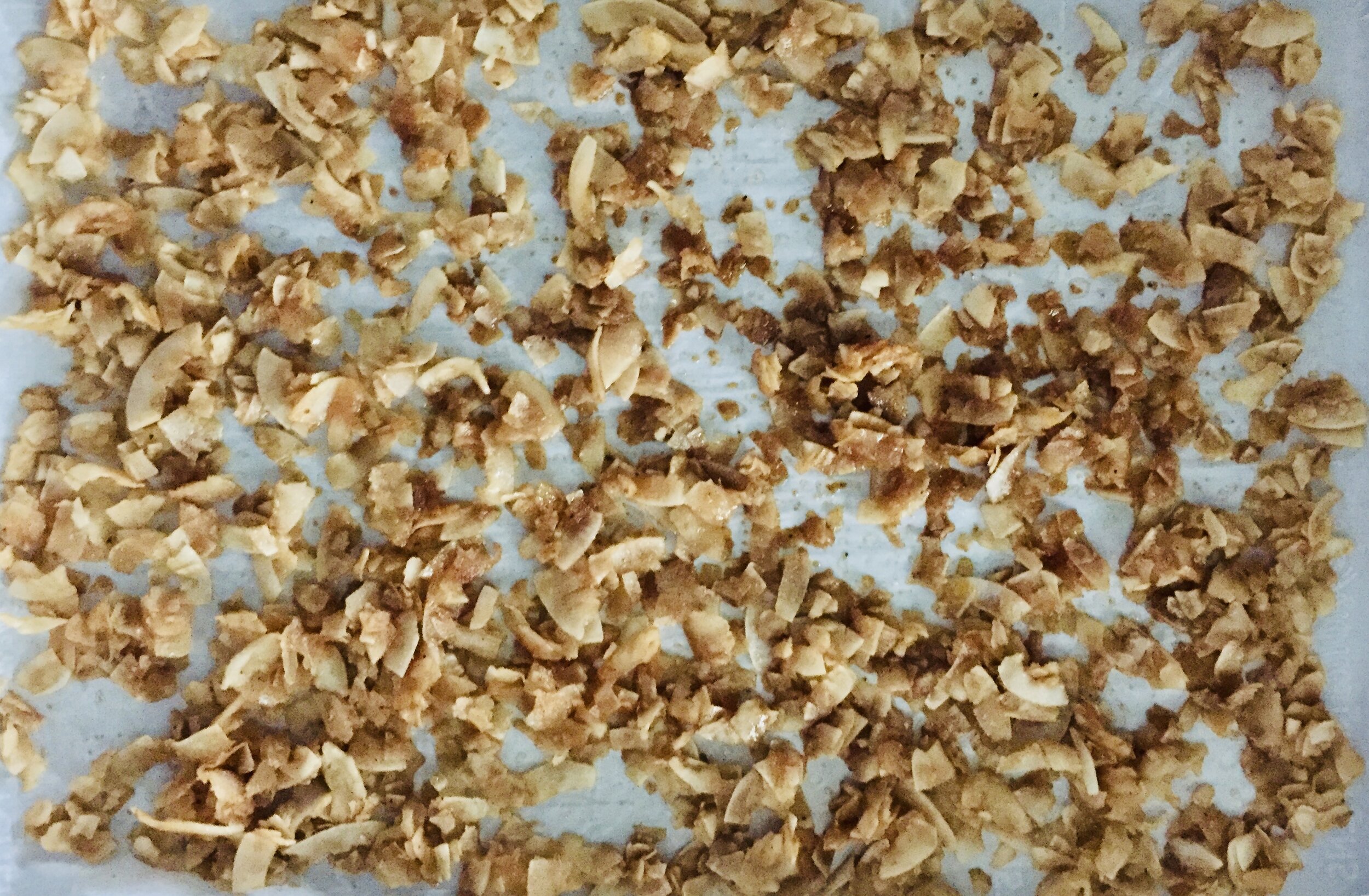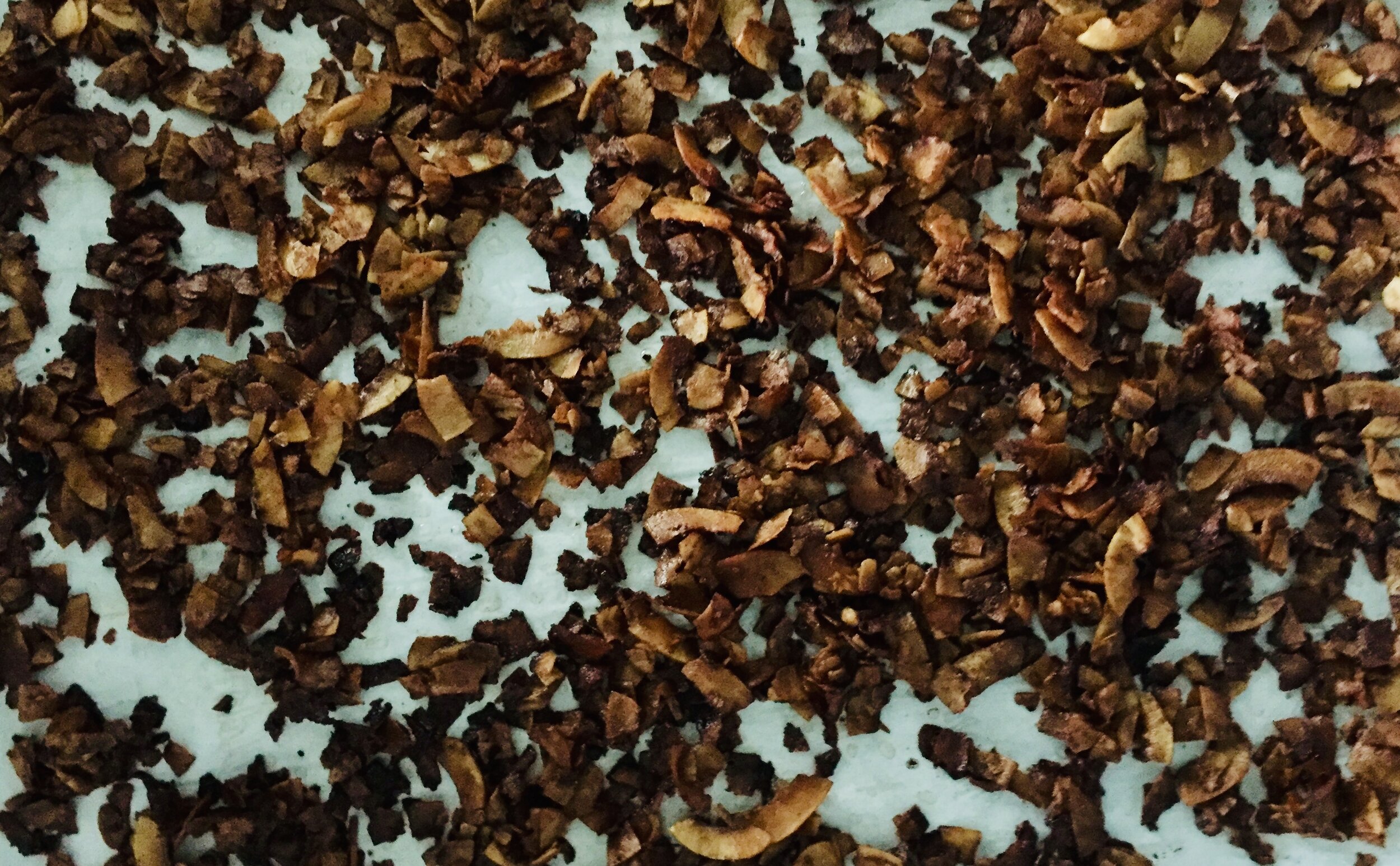When only Eggs Benedict will do
A couple of weeks after my sister and brother-in-law married, they decided it was time for Eggs Benedict. They found a recipe in The Joy of Cooking (original edition), mustered their courage, and set to it. The recipe instructed them to bring the water to a boil and swirl it into a “mad vortex.” So my sister-in-law, Brynn, grabbed a wooden spoon and swirled with all her might. She dropped an egg into the center of the whirlpool and watched in dismay as the eggwhite separated and the yolk ran. Not to be deterred, she dumped the water and started over. Her vortex must not have been mad enough, she thought. So she swirled harder, but the second attempt broke the yolk and splayed the eggwhite. Swirl after swirl. Egg after egg. She tried again.
Finally—running low on eggs—she called to her new husband: “Aaron, I can’t get the vortex to swirl madly enough! Can you help?” Aaron gladly seized the opportunity and dashed off to the garage. When he returned, he held his tool of choice—a drill-powered turbine paint mixer—high for all to admire. Like Rafiki holding Simba on the mountaintop.
And they brought the water to a rolling boil. And if ever there was a vortex that could be called “mad,” this was it. Since the invention of the mad vortex there have been five mad vortices that were rated the most passionate, the most pure. This one left them all behind.
Brynn dropped the egg into the center and voila. Exactly what you’d expect to happen happened. The egg launched out of the vortex. Along with most of the boiling water.
Brynn and Aaron laughed and shrieked and ducked in defeat. And then they headed off to the nearest brunch spot to order Eggs Benedict.
There are a few dishes I don’t order at restaurants. Caesar salad. Clam chowder (even before I became a vegetarian). Eggs Benedict. I grew up eating incredible versions of these dishes at home. You see, our house was that house. The house where parents held a hollandaise-off for fun. Culinary school convinced my dad that hollandaise required hand whisking. Practicality convinced my mom that a food processor made equally fantastic hollandaise.
My mom won.
After a childhood of the best Eggs Benedict and so many rubbery eggs or bland hollandaise sauces elsewhere, I was intimidated to try it myself. After all, I don’t have a paint mixer. But—several days before Father’s Day—I overheard my father-in-law telling a friend that he couldn’t wait for quarantine to end so he could take my mother-in-law out for Eggs Benedict. My calling was clear. It was time to set aside my fears and attempt the pinnacle of brunch dishes.
And it worked! No mad vortex required. Just a few calls to my mom for reassurance. And now let me do my best to reassure you. You can do this. The key is prepping everything before poaching the eggs. That way, each step is manageable and the egg is hot when it hits your mouth.
Servings: 4 Time: 1 hour Via: Coconut “bacon” adapted from My New Roots
Admittedly, I haven’t tasted pig bacon in some years, but the coconut “bacon” in Sarah Britton’s first book sure tastes like bacon to me. It has that sweet, smoky flavor and crisp, chewy texture. I like my bacon extra crispy, so I add extra oil.
I don’t have a food processor, so I used a blender to make the hollandaise. It works great but has a thicker consistency than if I’d used a food processor. If you don’t have either, whisking by hand will not only give you delicious hollandaise but also your daily workout.
Coconut “bacon” (makes 2 1/2 cups so yay for leftovers)
2 tablespoons tamari
1/2 tablespoon liquid smoke
2 1/2 tablespoons coconut oil
2 tablespoons maple syrup
Slightly heaped 1/4 teaspoon garlic powder
Pepper to taste
2 1/2 cups unsweetened coconut flakes (the larger the better)
Hollandaise (there will also be leftover hollandaise)
4 large egg yolks
1 tablespoon warm water
1/2 teaspoon dry ground mustard
1/2 teaspoon salt
1/2 teaspon hot sauce (e.g., Tobasco) + a shake or two more
A few grinds black pepper
1/2 pound (two sticks) unsalted butter, bubbling hot
2 teaspoons lemon juice + a little more
Italian parsley for garnish
Poached eggs
4 fresh eggs (older eggs will be runnier)
1 tablespoon white wine vinegar
English muffins
4 English muffins
Make the coconut “bacon.” Pre-heat oven to 325 degrees F and line a sheet pan with parchment.
In a medium bowl combine 1 tablespoon water with the tamari, liquid smoke, coconut oil, maple syrup, garlic powder, and pepper.
Add the coconut flakes and stir to coat evenly. Let the coconut flakes marinate for 5 minutes.
Spread the coconut mixture on the baking sheet as evenly as possible. (See photo above).
Bake for 20-25 minutes but stir the mixture every 7 minutes or so. The bacon is done when it’s a deep golden brown and crispy-ish. Don’t worry, the bacon will crisp more as it cools once you take it out of the oven. Leftovers can be stored in an airtight container at room temperature for at least several days.
While the coconut bacon bakes, prepare the hollandaise. Combine the egg yolks, water, ground mustard, salt, hot sauce, and pepper in a blender or food processor. Blend until just combined—about 10-20 seconds.
Melt butter in a small saucepan over medium heat until it’s frothy and bubbly. Be careful not to burn the butter or it will taste bitter.
Carefully pour the hot butter in a very slow and steady stream through the hole in the blender lid while blending on a low speed. The sauce will thicken as you add the butter.
Add the lemon juice and blend until just incorporated.
Taste the hollandaise and add any additional salt, hot sauce, or lemon juice needed. The hollandaise should have a nice tart bite to it.
Toast the English muffins. Add a layer of coconut bacon to one half of each English muffin pair (see top photo).
Poach the eggs. Add 1 1/2 - 2 inches water to a large, straight-sided saute pan. Add 1 tablespoon white wine vinegar to the water. The vinegar supposedly helps the eggs coalesce in the water—sans mad vortex. Whether it’s placebo effect or not, it works for me.
Heat the water over medium heat until it simmers. The upper left photo above shows the water when bubbles first start forming on the bottom. Not ready yet. The upper right photo is a little further along but still not ready. The lower left photo is the right level of simmer.
Crack your first egg in a small dish making sure to keep the yolk intact.
Slip the egg into the simmering water. The eggwhite will flow out like a medusa (see bottom right photo above). If the water starts to boil, turn it down but maintain the simmer. Cook for 3 minutes or so.
Remove the egg from the pan with a slotted spoon and let water drip off for a second.
Assemble. Place the egg over the bacon on the English muffin. Top immediately with a spoonful or two of hollandaise. Sprinkle a little parsley over top and serve.
Repeat for each serving. If you feel comfortable, feel free to poach more than one egg at a time. Just be sure people eat their serving right away because Eggs Benedict cools quickly and isn’t near as good once cool.









